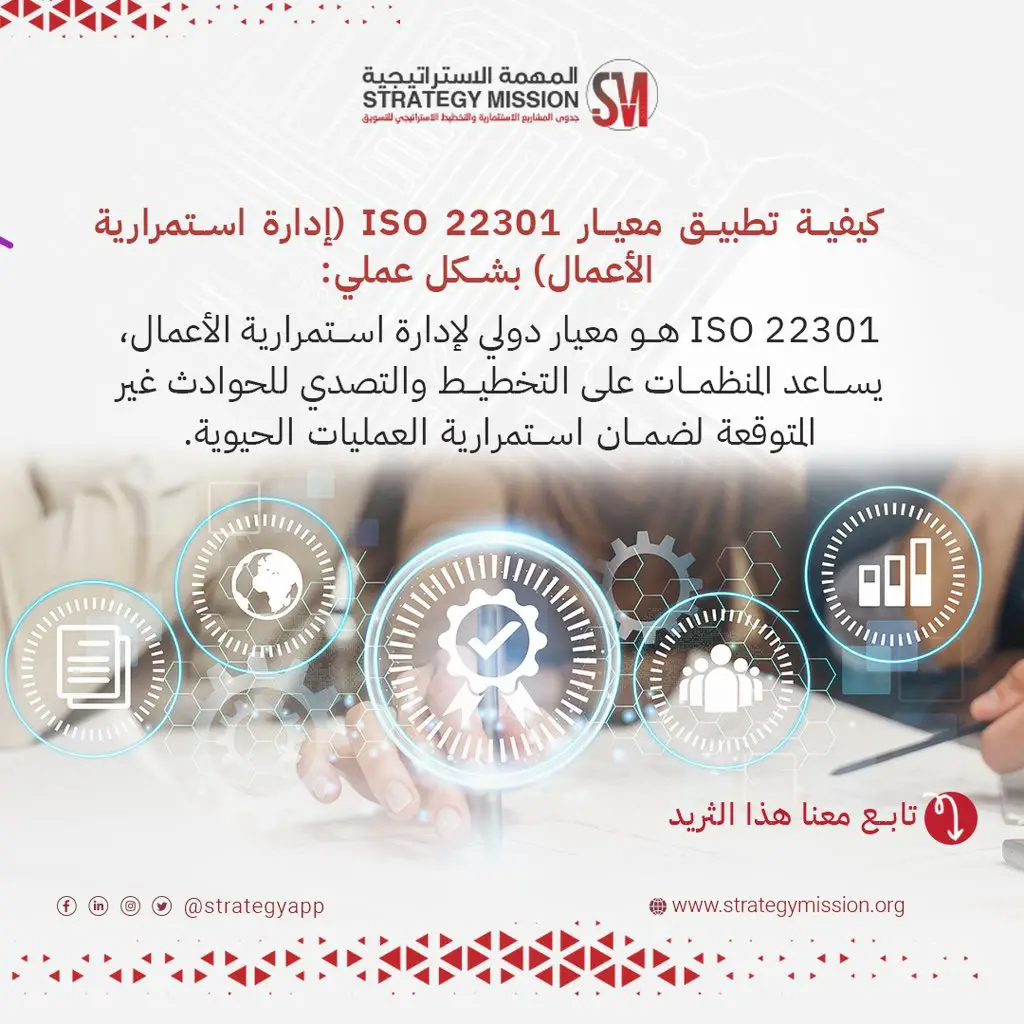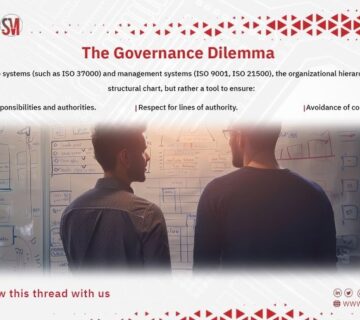ISO 22301 is an international standard for business continuity management that helps organizations plan and respond to unexpected incidents to ensure the continuity of critical operations.
Practical Steps for Implementing ISO 22301:
1. Leadership and Support:
– Top Management Support: Senior leadership must actively support the implementation of the Business Continuity Management System (BCMS) by defining policies and objectives.
2. Gap Analysis:
– Conduct Gap Analysis: Identify existing processes and what needs to be addressed to ensure continuity.
3. Context Assessment:
– Review Internal and External Context: Understand the internal and external context of the organization to identify interested parties and issues that could affect business continuity.
4. Impact and Risk Assessment:
– Business Impact Analysis (BIA) and Risk Assessment: Conduct BIA and risk assessments to identify critical activities and the impact of disruptions on them.
5. Developing Continuity Plans:
– Create Business Continuity Plans (BCP): Develop BCPs based on the results of the impact and risk assessments, detailing response and recovery strategies.
6. Training and Awareness:
– Employee Training: Train staff on implementing the plans and responding to emergencies to ensure they are prepared during crises.
7. Testing and Review:
– Regular Testing and Review: Regularly test and review continuity plans, making improvements based on outcomes and feedback to ensure the system’s effectiveness.
Benefits:
ISO 22301 helps enhance operational resilience, improve emergency preparedness, ensure legal compliance, and increase customer and stakeholder confidence.
To request ISO certification services for companies and institutions only (not for individuals):
– Discount Code: طموح
– Or direct consultation via WhatsApp:
Follow Us on X platform to get more blogs and threads :





No comment